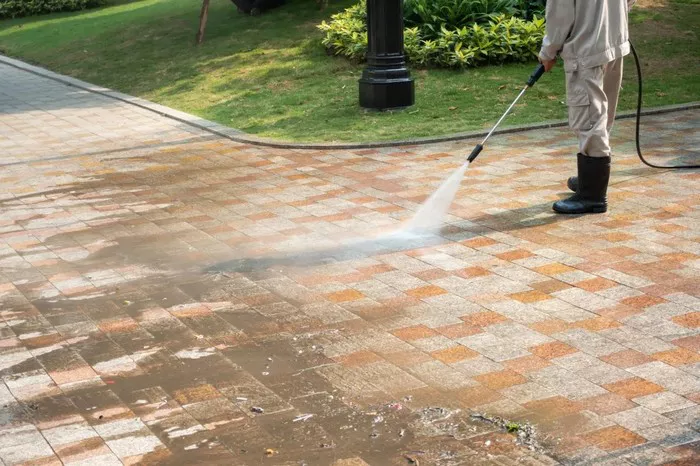In the realm of pressure washers, PSI reigns supreme as the measure of cleaning power. PSI, or pounds per square inch, denotes the force exerted by the water stream onto a surface. This metric is pivotal in determining a pressure washer’s effectiveness in blasting away grime, dirt, and stains.
Application: Tailoring PSI to Cleaning Needs
The versatility of pressure washers extends across various cleaning tasks, from sprucing up driveways and decks to revitalizing siding, vehicles, and outdoor furniture. Each chore demands a distinct PSI level to achieve optimal results without causing damage.
Pressure Range: Finding the Right Balance
Pressure washer models span a spectrum of PSI ranges. Residential units typically fall between 1,300 to 3,000 PSI, catering to typical household cleaning needs. On the other hand, commercial-grade behemoths can exceed 4,000 PSI, tackling more demanding industrial applications with ease.
Task Specifics: Matching PSI to the Job at Hand
To streamline your cleaning endeavors, it’s crucial to select the appropriate PSI range for each task:
1. Light-duty tasks such as washing cars or patio furniture thrive with PSI between 1,300 to 1,900.
2. Medium-duty assignments like cleaning decks or sidewalks necessitate PSI ranging from 2,000 to 2,800.
3. Heavy-duty undertakings such as paint removal or tackling stubborn stains command PSI levels of 2,800 to 4,000 and beyond.
Surface Sensitivity: Caution Amidst Power
While higher PSI levels wield greater cleaning might, they also pose a risk to delicate surfaces like wood or paint. Prioritize surface sensitivity by opting for lower PSI settings or using appropriate nozzles and techniques to prevent damage.
Adjustability: Flexibility for Precision
Investing in pressure washers with adjustable PSI settings grants users the flexibility to fine-tune pressure levels according to specific cleaning requirements and surface sensitivities. This adaptability ensures efficient cleaning while safeguarding vulnerable materials.
Safety Measures: Prioritizing Protection
Operating pressure washers, particularly at higher PSI levels, demands strict adherence to safety protocols. Equip yourself with protective gear such as goggles and gloves, and exercise caution to prevent injuries or property damage.
Maintenance: Sustaining Longevity and Performance
To prolong the lifespan and preserve the efficacy of your pressure washer, regular maintenance is imperative. Routinely clean the unit, inspect hoses and nozzles for wear or blockages, and store it properly to shield against environmental elements.
Additional Features: Enhancing Cleaning Efficiency
Consider auxiliary features when selecting a pressure washer, such as flow rate (Gallons per Minute), nozzle types for varied spray patterns, and detergent injection systems for enhanced cleaning power.
Final Considerations: Choosing Wisely for Optimal Results
In conclusion, mastering the art of pressure washing hinges on understanding and harnessing PSI to suit specific cleaning needs. By selecting the appropriate PSI level, prioritizing surface sensitivity, and observing safety measures, you can unlock the full potential of your pressure washer and achieve immaculate results with confidence.

